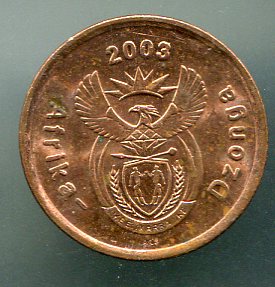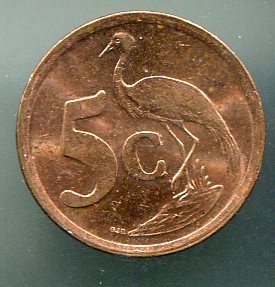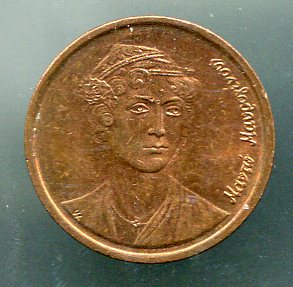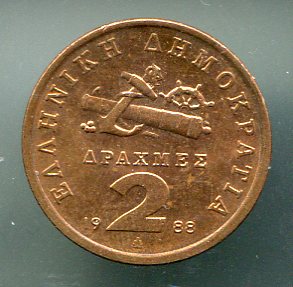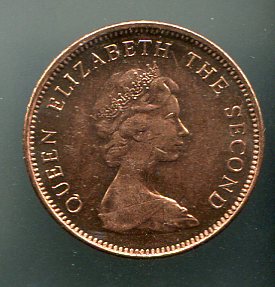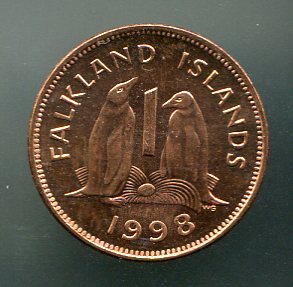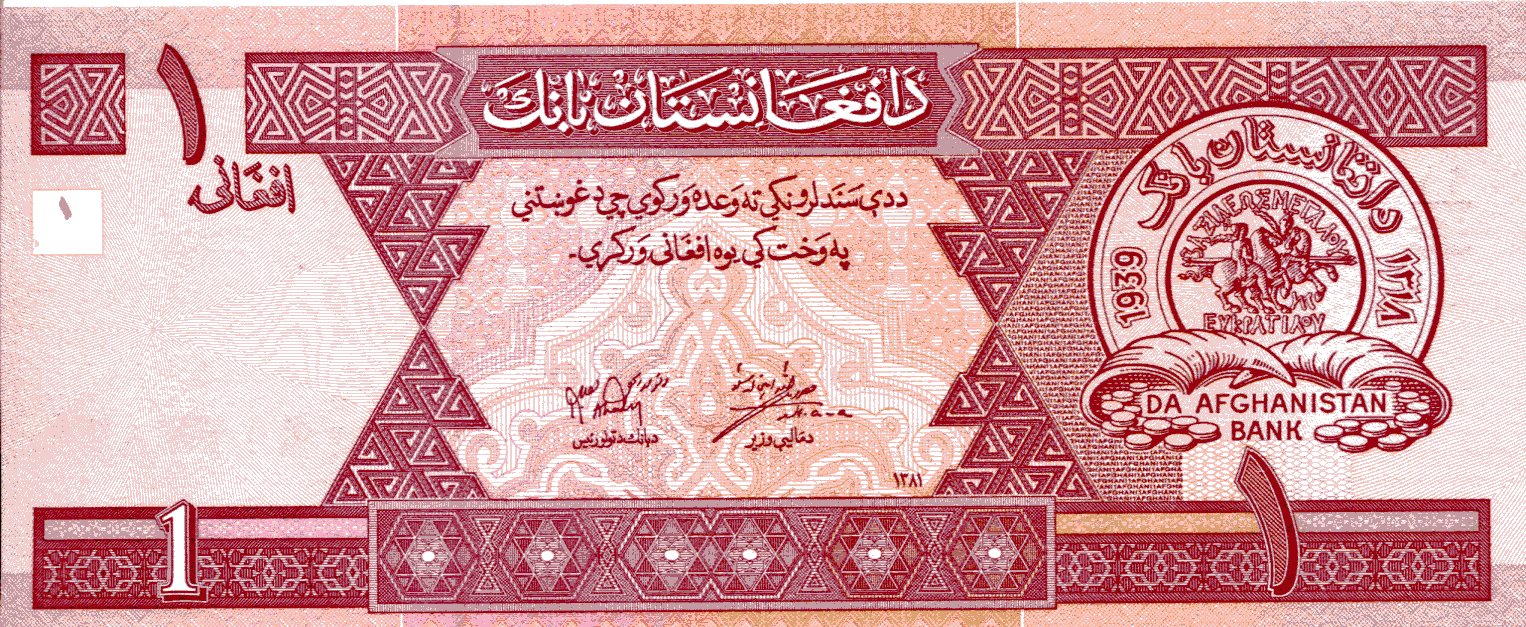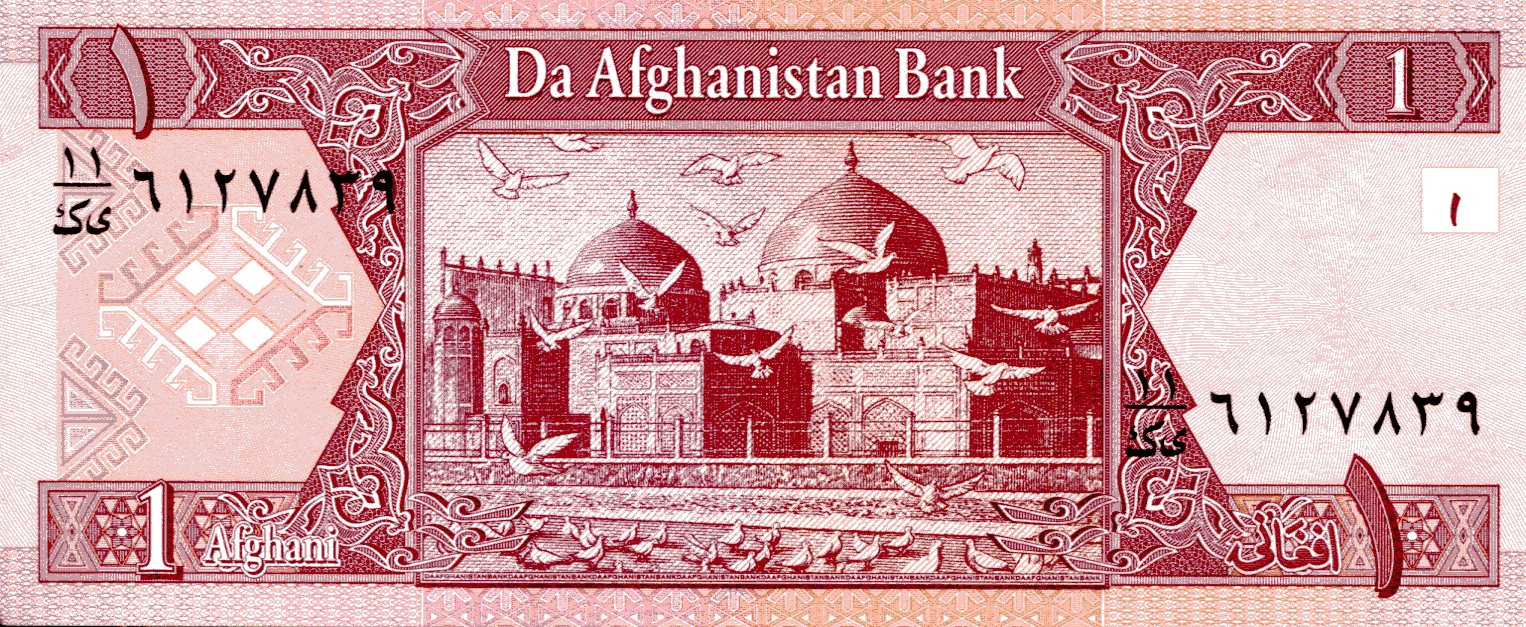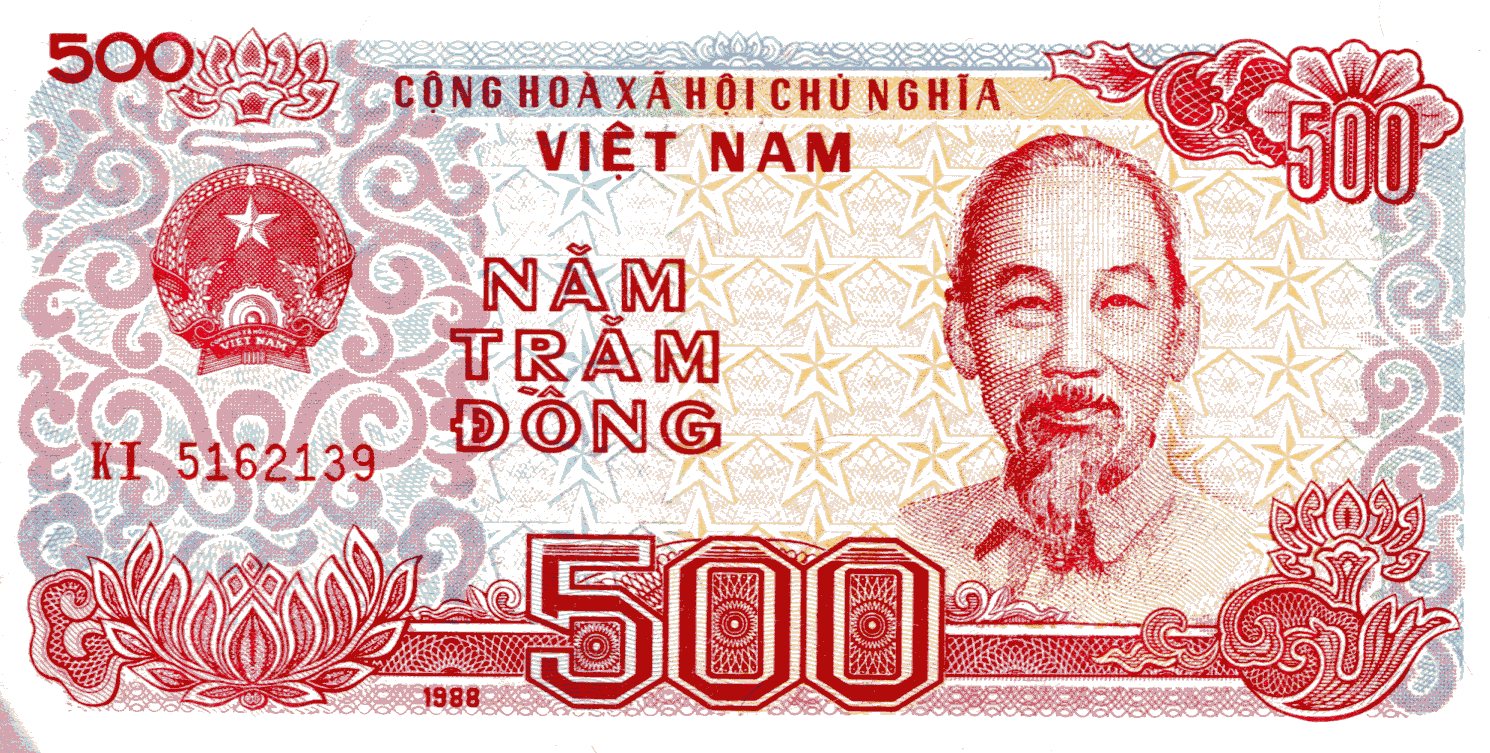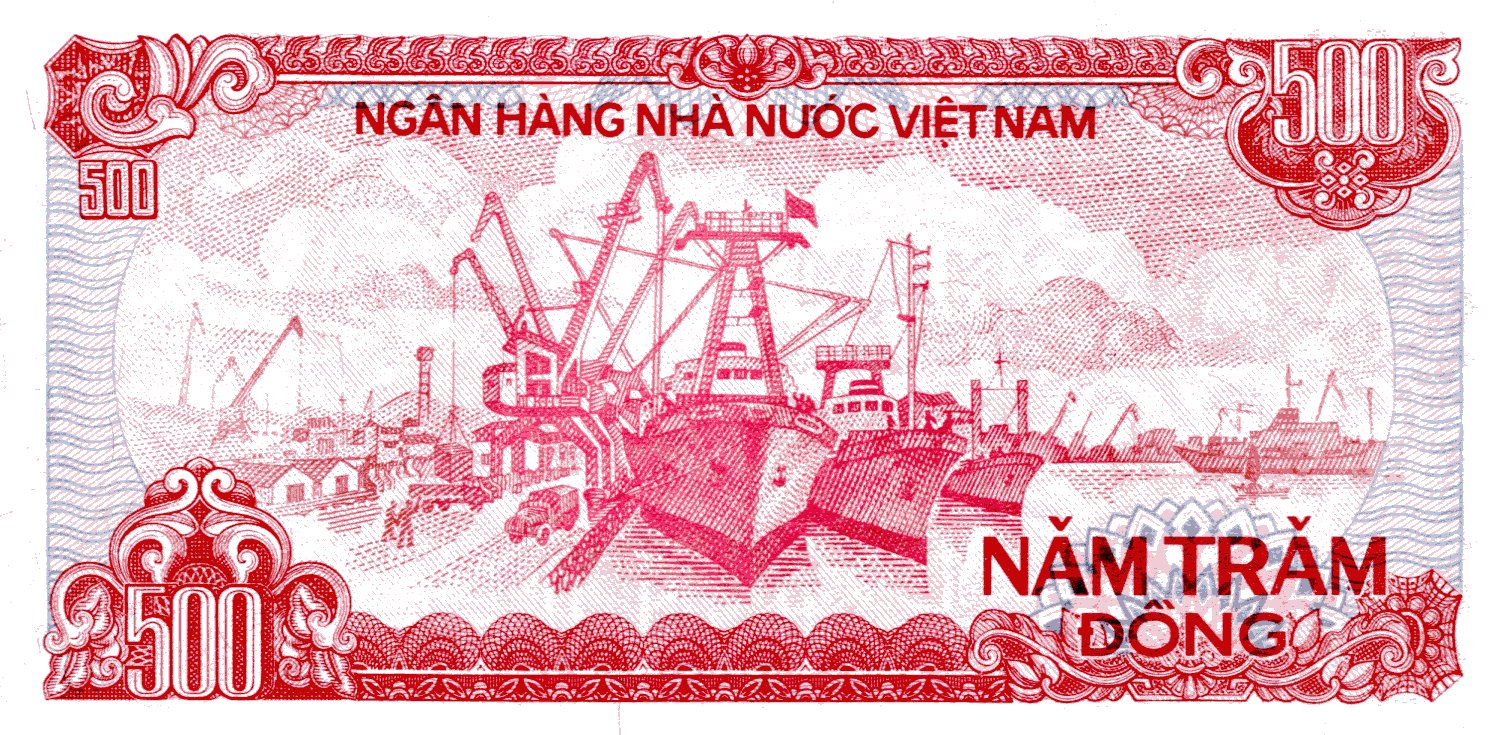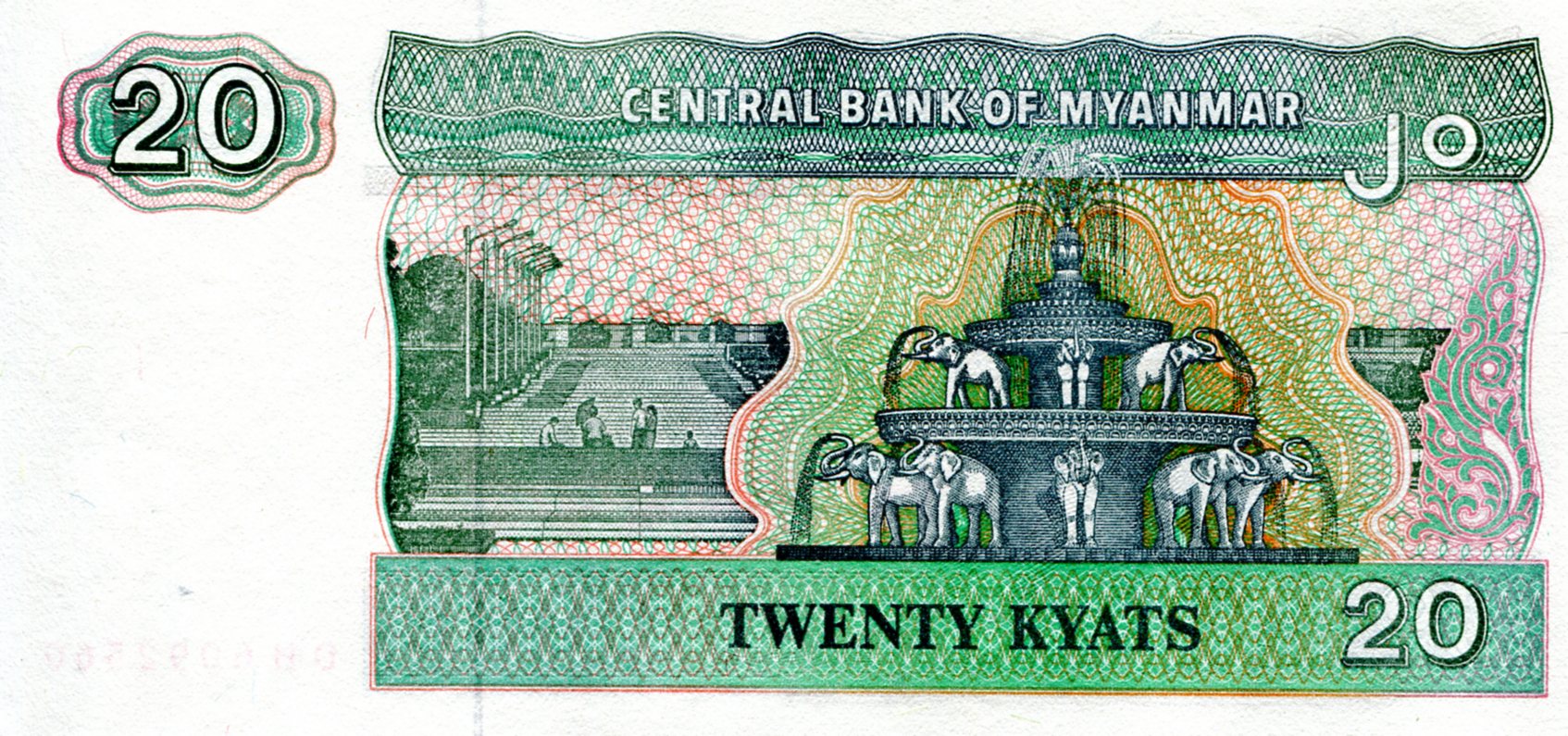On Saturday I got one of ComEd’s periodic notices about our household electricity consumption. “You used 14% less electricity than your efficient neighbors” (the company’s bold), the letter tells me, during the period from November 20 to December 22, 2015. By golly, that’s awfully green of us, but I can’t think what we did any differently last month than any other time.
For the year, however, “You used 7% more electricity than your efficient neighbors. This costs you about $46 extra per year.” Dang.
My neighbors, at least according to ComEd for the purpose of its comparison, are about 100 households whose dwellings are about the same size as ours. Those annoying efficient neighbors are the “most efficient 20 percent” of that group, though at least for last month, we were efficient neighbors for other people, without even trying.
One more datum: From January to November 2015, we used 5,351 kWh, down from 6,125 kWh during the same 11 months in 2014. Also how this happened, I couldn’t say. According to the trove of weather data that’s the Weather Underground, there were 799 cooling degree days in 2014 and 806 in 2015 (as measured at O’Hare, which is close enough).
That means ’15 was a little warmer, but not much, which is an important consideration, since running the AC is the main contributor to high household electric usage over a year. I know that because the handy ComEd graph of our electric usage throughout 2015 (also in the letter) spikes like the Matterhorn in July-August-September.
Never mind flying cars and all that imagined future hooey. The future (that is, now) should have included that business about “too cheap to meter.”
